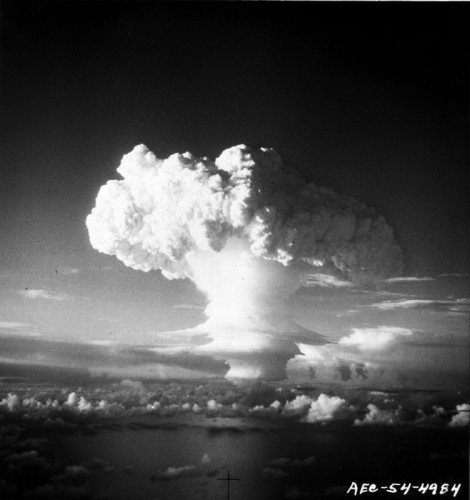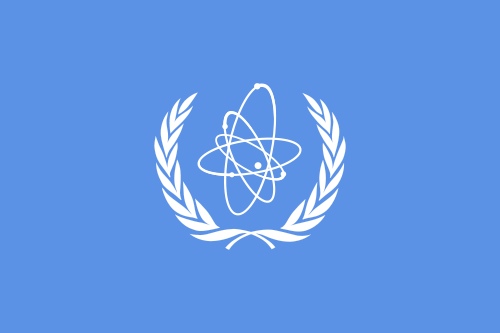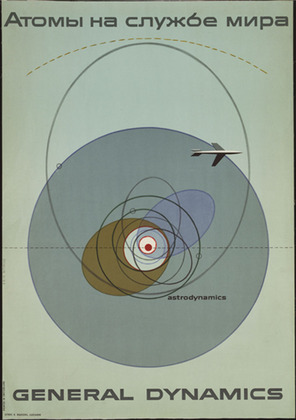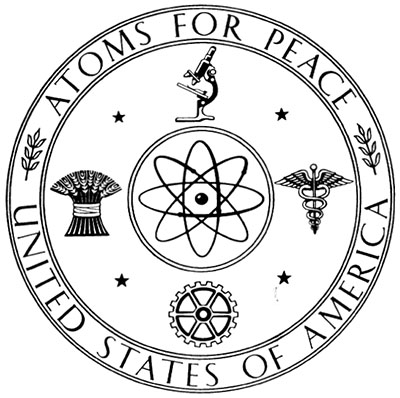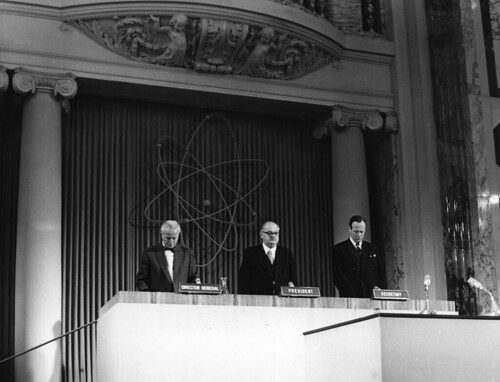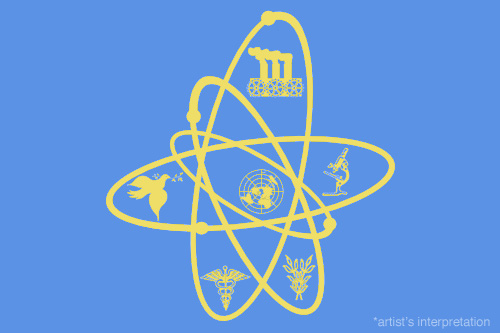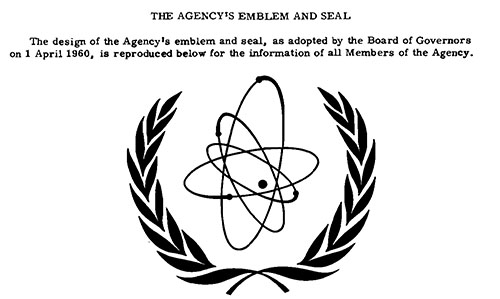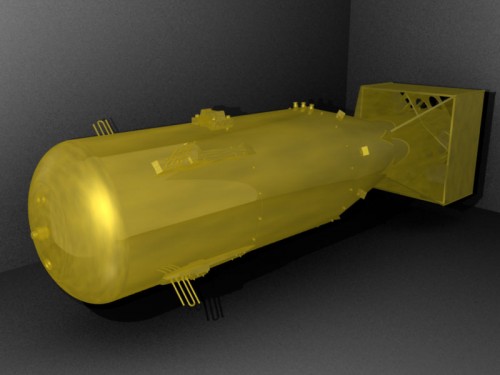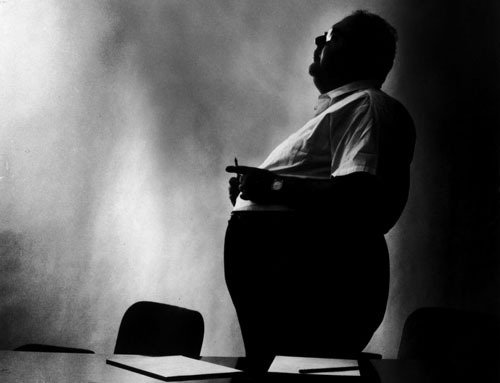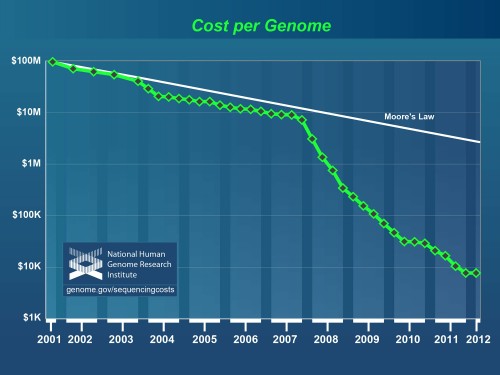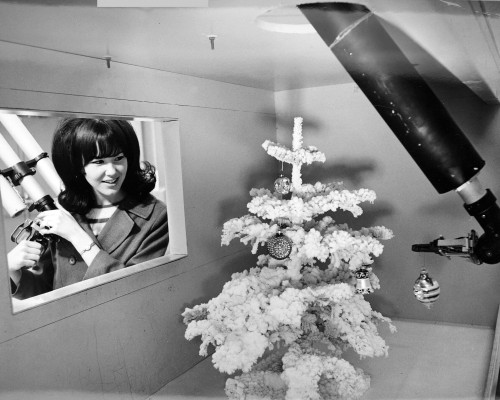As 2012 draws to a close, I thought it might be useful to try and draw together a bibliography of nuclear history scholarship that was published over the course of the year.
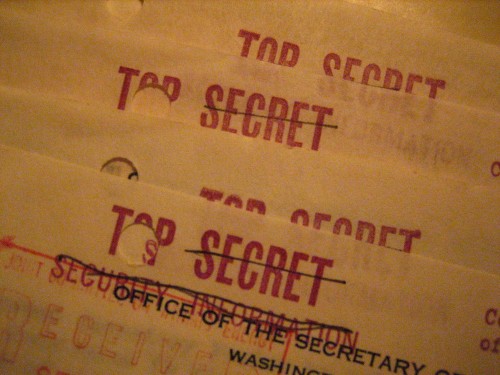
This list is unlikely to be complete — I’ve made something of a preliminary survey, but I don’t claim to have checked everywhere — and if there are things I’m missing, please let me know in the comments or by e-mail. I’ll update this as new information comes in. One obvious thing missing are chapters in edited volumes; those are harder to find using traditional academic search engines.
As for the “rules for inclusion,” they are both boring and common-sensical. Must have a publication date of 2012. Must look like “scholarship” of some sort. Must be something that is primarily in the genre of the history of nuclear weapons or nuclear power. I’m just trying to make a useful list here (for myself as well as others) and some inclusions/exclusions are going to be necessarily arbitrary. I have not read all of these — not even most of these — I do not endorse any of them. This is just a list. The citations might not be complete; it is just a guide. I thought about including book reviews, which are often quite useful and insightful (and hey, I wrote a few), but decided it would make this list completely ungainly and my task disproportionately difficult.
Looking this over, the obvious trend is that 2012 was the 50th anniversary of the Cuban Missile Crisis, which meant a lot of monographs on the subject came out this year. Without further ado…
BOOKS
Barrett, David M. and Max Holland. Blind over Cuba: The Photo Gap and the Missile Crisis. College Station: Texas A&M University Press, 2012.
Blight, James G. The armageddon letters: Kennedy, Khrushchev, Castro in the Cuban missile crisis. Lanham, Md.: Rowman & Littlefield Publishers, 2012.
Brown, Andrew. Keeper of the Nuclear Conscience: The Life and Work of Joseph Rotblat. Oxford University Press, 2012.
Burke, David Allen. Atomic testing in Mississippi: Project Dribble and the quest for nuclear weapons treaty verification in the Cold War era. Baton Rouge: Louisiana State University Press, 2012.
Burtch, Andrew. Give Me Shelter: The Failure of Canada’s Cold War Civil Defence. University of British Columbia Press, 2012.
Coleman, David G. The fourteenth day: JFK and the aftermath of the Cuban Missile Crisis. New York : W.W. Norton & Co., 2012.
Fraser, Gordon. The quantum exodus: Jewish fugitives, the atomic bomb, and the Holocaust. Oxford: Oxford University Press, 2012.
Fuhrmann, Matthew. Atomic assistance: how “atoms for peace” programs cause nuclear insecurity. Ithaca: Cornell University Press, 2012.
Gavin, Francis J. Nuclear statecraft: history and strategy in America’s atomic age. Cornell University Press, 2012.
Gibson, David R. Talk at the brink: deliberation and decision during the Cuban Missile Crisis. Princeton: Princeton University Press, 2012.
Hecht, Gabrielle. Being nuclear: Africans and the global uranium trade. Cambridge, Mass.: MIT Press, 2012..
Heefner, Gretchen. The missile next door: the Minuteman in the American heartland. Cambridge, Mass.: Harvard University Press, 2012.
Hosaka, Masayasu. [Japan’s Atomic Bomb : Its Development and Procedural Setbacks] Nihon no genbaku: sono kaihatsu to zasetsu no dōtei / 日本の原爆: その開発と挫折の道程 . Tōkyō: Shinchōsha, 2012.
Hymans, Jacques E. C. Achieving Nuclear Ambitions: Scientists, Politicians, and Proliferation. New York: Cambridge University Press, 2012.
Iversen, Kristen. Full body burden: growing up in the nuclear shadow of Rocky Flats. New York: Crown Publishers, 2012.
Johnson, Robert R. Romancing the atom: nuclear infatuation from the radium girls to Fukushima. Santa Barbara, Calif.: Praeger, 2012.
Kaufman, Scott. Project Plowshare: The Peaceful Use of Nuclear Explosives in Cold War America. Ithaca, NY: Cornell University Press, 2012.
Khalatnikov, Isaak M. From the Atomic Bomb to the Landau Institute: Autobiography. Top Non-Secret. Berlin, Heidelberg: Springer Berlin Heidelberg, 2012.
Khan, Feroz Hassan. Eating grass: the making of the Pakistani bomb. Stanford, California: Stanford University Press, 2012.
Larsen, Jeffrey Arthur. Rearming at the dawn of the Cold War: Louis Johnson, George Marshall, and Robert Lovett, 1949-1952. Washington, DC: National Defense University Press for the Historical Office, Office of the Secretary of Defense, 2012.
Matthews, Melvin E. Duck and cover: civil defense images in film and television from the Cold War to 9/11. Jefferson, N.C.: McFarland, 2012.
Mikoyan, Sergo, and Svetalana Savranskaya, ed. The Soviet Cuban Missile Crisis: Castro, Mikoyan, Kennedy, Khrushchev, and the missiles of November. Stanford, California: Stanford University Press, 2012.
Miyamoto, Yuki. Beyond the mushroom cloud: commemoration, religion, and responsibility after Hiroshima. New York: Fordham University Press, 2012.
Monk, Ray. Inside the centre: the life of J. Robert Oppenheimer. London, Jonathan Cape, 2012.
Munton, Don. The Cuban Missile Crisis: a concise history. New York: Oxford University Press, 2012
Priestley, Rebecca. Mad on radium: New Zealand in the atomic age. Auckland, N.Z.: Auckland University Press, 2012.
Schweber, S. S. Nuclear forces: the making of the physicist Hans Bethe. Cambridge, Mass.: Harvard University Press, 2012.
Stern, Sheldon M. The Cuban Missile Crisis in American memory: myths versus reality. Stanford, California: Stanford University Press, 2012.
Stoddart, Kristan. Losing an empire and finding a role: Britain, the USA, NATO and nuclear weapons, 1964-70. Houndmills, Basingstoke, Hampshire ;New York: Palgrave Macmillan, 2012.
Szasz, Ferenc M. Atomic Comics: Cartoonists Confront the Nuclear World. Reno, Nevada: University of Nevada Press, 2012.
Takahashi, Hiroko. [Closing Hiroshima & Nagasaki: The American Nuclear Experiment and Civil Defense Planning] Fūinsareta Hiroshima, Nagasaki: Bei kakujikken to minkan bōei keikaku / 封印されたヒロシマ・ナガサキ: 米核実験と民間防衛計画. Tōkyō: Gaifūsha, 2012.
Taubman, Philip. The Partnership: Five Cold War Warriors and Their Quest to Ban the Bomb. New York, NY: Harper Collins Publishers, 2012.
Touze, Vincent. Missiles et décisions: Castro, Kennedy et Khrouchtchev et la crise de Cuba d’octobre 1962. Bruxelles: Versaille, 2012.
Walker, John R. Britain and disarmament: the UK and nuclear, biological and chemical weapons arms control and programmes, 1956-1975. Burlington, VT: Ashgate, 2012.
Van Lente, Dick, ed. The nuclear age in popular media: a transnational history, 1945-1965. New York: Palgrave Macmillan, 2012.
Weart, Spencer R. The rise of nuclear fear. Cambridge, Mass.: Harvard University Press, 2012.
Wilson, Jim. Britain on the brink: the Cold War’s most dangerous weekend, 27-28 October 1962. Barnsley: Pen & Sword Military, 2012.
Yamamoto, Akihiro. [A Discourse on the Postwar History of Nuclear Energy, 1945-1960 : “Memories of the Bomb” and “Dreams of Nuclear Power] Kaku enerugī gensetsu no sengoshi, 1945-1960: “hibaku no kioku” to “genshiryoku no yume” / 核エネルギー言說の戦後史, 1945-1960: 「被爆の記憶」と「原子力の夢」. Kyōto-shi: Jinbun Shoin, 2012.
Zellen, Barry Scott. State of doom: Bernard Brodie, the bomb, and the birth of the bipolar world. London: Continuum, 2012.
ARTICLES
Børresen, Hans Christofer. “Flawed Nuclear Physics and Atomic Intelligence in the Campaign to deny Norwegian Heavy Water to Germany, 1942–1944.” Physics in Perspective 14, no. 4 (2012).
Connelly, Matthew, Matt Fay, Giulia Ferrini, Micki Kaufman, Will Leonard, Harrison Monsky, Ryan Musto, Taunton Paine, Nicholas Standish, and Lydia Walker. “‘General, I Have Fought Just as Many Nuclear Wars as You Have’: Forecasts, Future Scenarios, and the Politics of Armageddon.” The American Historical Review 117, no. 5 (2012).
Dvorak, Darrell F. “The Other Atomic Bomb Commander: Col. Cliff Heflin and his ‘Special’ 216th AAF Base Unit.” Air Power History 59, no. 4 (Winter 2012).
Dorn, A. Walter, and Robert Pauk. “The closest brush: How a UN secretary-general averted doomsday.” Bulletin of the Atomic Scientists 68, no. 6 (November/December 2012).
Edwards, Paul N. “Entangled histories: Climate science and nuclear weapons research.” Bulletin of the Atomic Scientists 68, no. 4 (July/August 2012).
Fischer, Benjamin B. “Anglo-American Intelligence and the Soviet War Scare: The Untold Story.” Intelligence and National Security 27, no. 1 (February 2012).
Geist, Edward. “Was There a Real ‘Mineshaft Gap’?: Bomb Shelters in the USSR, 1945–1962.” Journal of Cold War Studies 14, no. 2 (Spring 2012).
Goodson, Donald L. R. “Catalytic Deterrence? Apartheid South Africa’s Nuclear Weapons Strategy.” Politikon: South African Journal of Political Studies 32, no. 2 (2012).
Grant, Matthew. “British nuclear weapons and the test ban, 1954–73: Britain, the United States weapons policies and nuclear testing: tensions and contradictions.” Journal of Transatlantic Studies 10, no. 3 (September 2012).
Hamblin, Jacob Darwin. “Fukushima and the Motifs of Nuclear History.” Environmental History 17, no. 2 (2012).
Hastings, Justin V. “The geography of nuclear proliferation networks: the case of A.Q. Khan.” Nonproliferation Review 19, no. 3 (2012).
Hecht, Gabrielle. “An elemental force: Uranium production in Africa, and what it means to be nuclear.” Bulletin of the Atomic Scientists 68, no. 2 (March/April 2012).
Higuchi, Toshihiro. “‘Genshi maguro’ no tanjō: Dai go Fukuryū maru jiken go no kankyō hōshanō sokutei jō no hantei kijun no hensen” [The Birth of “Atomic Tuna”: Changes in the Administrative Criteria for Environmental Radiation Monitoring in Japan after the Lucky Dragon Incident of 1954], Seibutsugakushi kenkyū [Japanese Journal of the History of Biology] 87 (2012).
Hogg, Jonathan and Christoph Laucht. “Introduction: British Nuclear Culture.” British Journal for the History of Science 45, no. 4 (December 2012).
Jasper, Ursula. “The ambivalent neutral: rereading Switzerland’s nuclear history.” Nonproliferation Review 19, no. 2 (2012).
Johnston, Sean F. “Making the invisible engineer visible: DuPont and the recognition of nuclear expertise.” Technology and Culture 53, no. 3 (2012).
Jolivette, Catherine. “Science, Art and Landscape in the Nuclear Age.” Art History 35, no. 2 (April 2012).
Kemp, R. Scott. “The end of Manhattan: How the gas centrifuge changed the quest for nuclear weapons.” Technology and Culture 53, no. 2 (2012).
Kinney, D.J. “The otters of Amchitka: Alaskan nuclear testing and the birth of the environmental movement.” The Polar Journal 2, no. 2 (December 2012).
Kirk, Andrew. “Rereading the Nature of Atomic Doom Towns.” Environmental History 17, no. 3 (2012).
Krige, John. “Hybrid knowledge: the transnational co-production of the gas centrifuge for uranium enrichment in the 1960s.” British Journal for the History of Science 45, no. 3 (2012).
Krige, John. “The proliferation risks of gas centrifuge enrichment at the dawn of the NPT: Shedding light on the negotiating history.” Nonproliferation Review 19, no. 2 (2012).
Lewis, John W. and Xue Litai. “Making China’s nuclear war plan.” Bulletin of the Atomic Scientists 68, no. 5 (September/October 2012).
Malloy, Sean L. “‘A very pleasant way to die’: Radiation effects and the decision to use the atomic bomb against Japan.” Diplomatic History 36, no. 3 (2012).
Mundey, Lisa M. “The Civilianization of a Nuclear Weapon Effects Test: Operation ARGUS.” Historical Studies in the Natural Sciences 42, no. 4 (2012).
Norris, Robert S. and Hans M. Kristensen. “The Cuban Missile Crisis: A nuclear order of battle, October and November 1962.” Bulletin of the Atomic Scientists 68, no. 6 (November/December 2012).))
Overpeck, Deron. “‘Remember! it’s Only a Movie!’ Expectations and Receptions of The Day After (1983).” Historical Journal of Film, Radio and Television 32, no. 2 (June 2012).
Robb, Thomas. “Nuclear Illusion, Nuclear Reality: Britain, the United States and Nuclear Weapons, 1958–64.” The International History Review 34, no. 2 (2012).
Sethi, Megan Barnhart. “Information, Education, and Indoctrination: The Federation of American Scientists and Public Communication Strategies in the Atomic Age.” Historical Studies in the Natural Sciences 42, no. 1 (2012).
Sime, Ruth Lewin. “The Politics of Forgetting: Otto Hahn and the German Nuclear-Fission Project in World War II.” Physics in Perspective 14, no. 1 (2012).
Slaney, Patrick David. “Eugene Rabinowitch, the Bulletin of the Atomic Scientists, and the Nature of Scientific Internationalism in the Early Cold War.” Historical Studies in the Natural Sciences 42, no. 2 (2012).
Sobek, David, Dennis M. Foster, and Samuel B. Robison. “Conventional Wisdom? The Effect of Nuclear Proliferation on Armed Conflict, 1945-2001.” International Studies Quarterly 56, no. 1 (March 2012).
Theaker, Martin. “Elemental Germans: Klaus Fuchs, Rudolf Peierls and the Making of British Nuclear Culture 1939–59.” Contemporary British History 26, no. 4 (December 2012).
Tobey, William. “Nuclear scientists as assassination targets.” Bulletin of the Atomic Scientists 68, no. 1 (January/February 2012).
Walker, John R. “Potential Proliferation Pointers from the Past: Lessons from the British Nuclear Weapons Program, 1952–69.” Nonproliferation Review 19, no. 1 (2012).
Weisiger, Marsha. “Happy Cly and the Unhappy History of Uranium Mining on the Navajo Reservation.” Environmental History 17, no. 1 (2012).
Wellerstein, Alex. “A tale of openness and secrecy: The Philadelphia Story.” Physics Today 65, no. 5 (2012).
Wellock, Thomas R. “Engineering Uncertainty and Bureaucratic Crisis at the Atomic Energy Commission, 1964–1973.” Technology and Culture 53, no. 4 (2012).
Wilson, Richard. “The Development of Risk Analysis: A Personal Perspective.” Risk Analysis 32, Issue 12 (December 2012).
Acknowledgements
Some of the citations I got from the Alsos Digital Library for Nuclear Issues; others were found from keyword searches against the Harvard Library catalog (old habits die hard) and some publisher-specific searches. Google Scholar proved to be no help whatsoever — too much noise, too little signal, too hard to filter by discipline. Thanks to my old friend Anthony Walker for helping me with the Japanese translations. Thanks to Will Thomas and Michael Gordin for giving this a look-see before I put it up. If I’ve missed something or screwed something up — highly likely — please get in touch.
